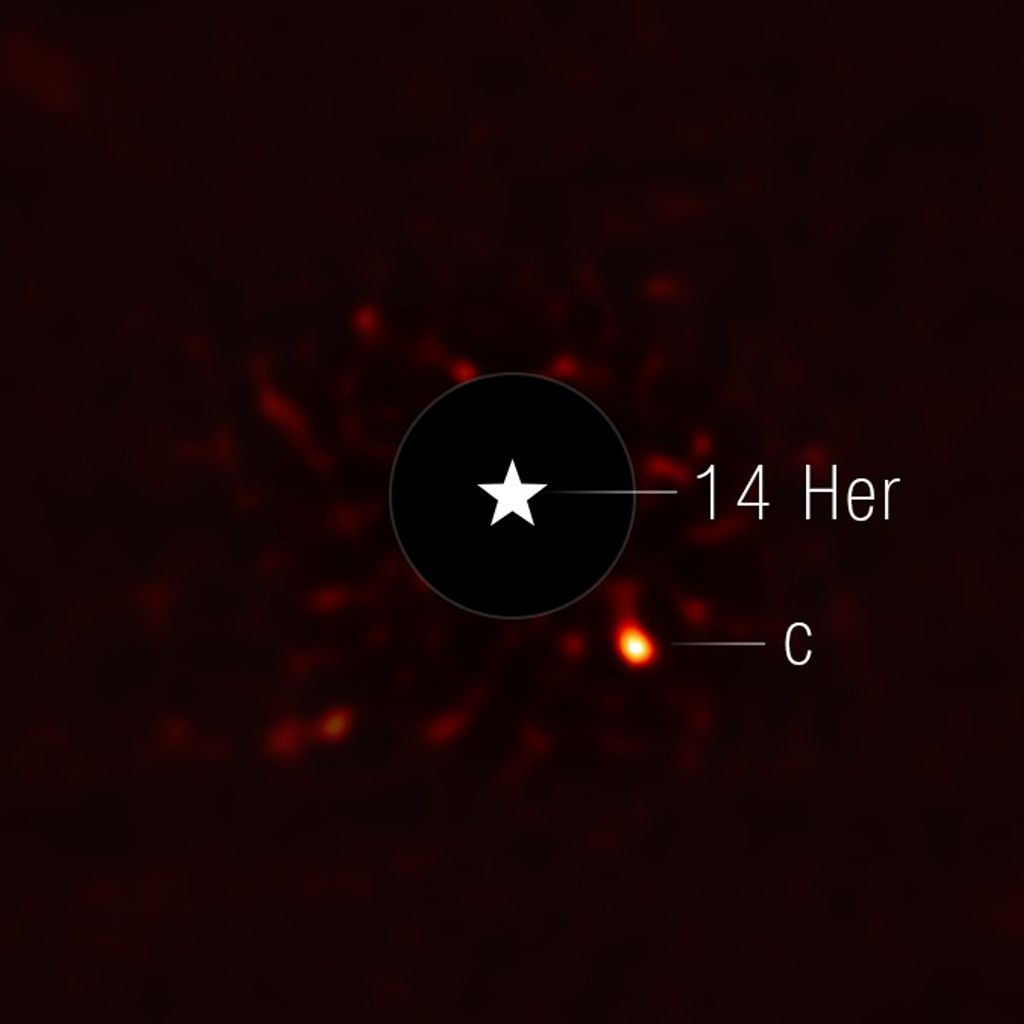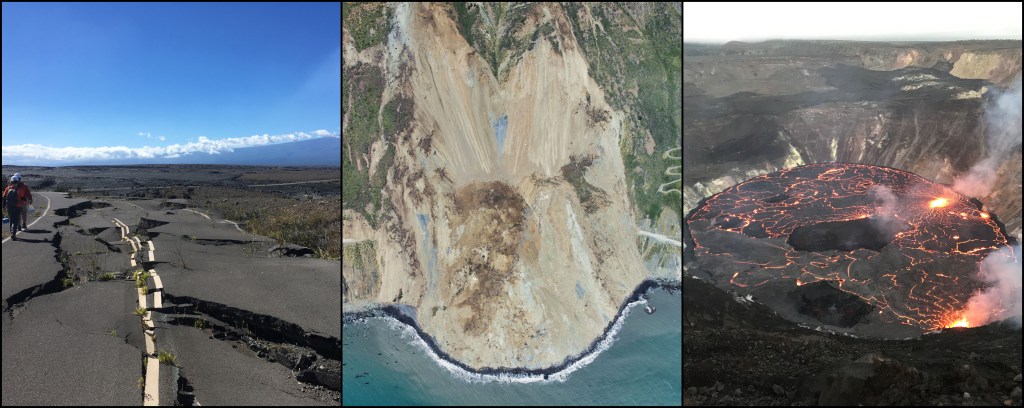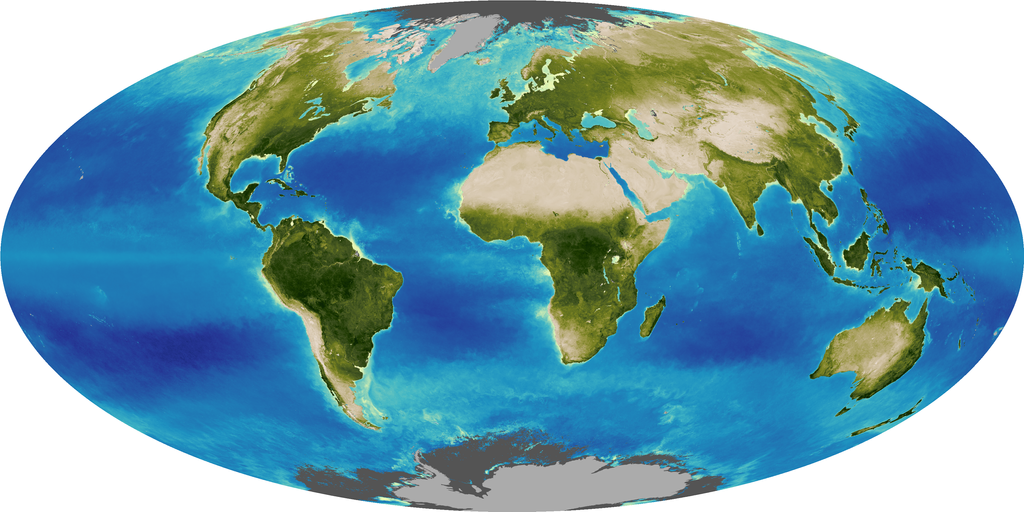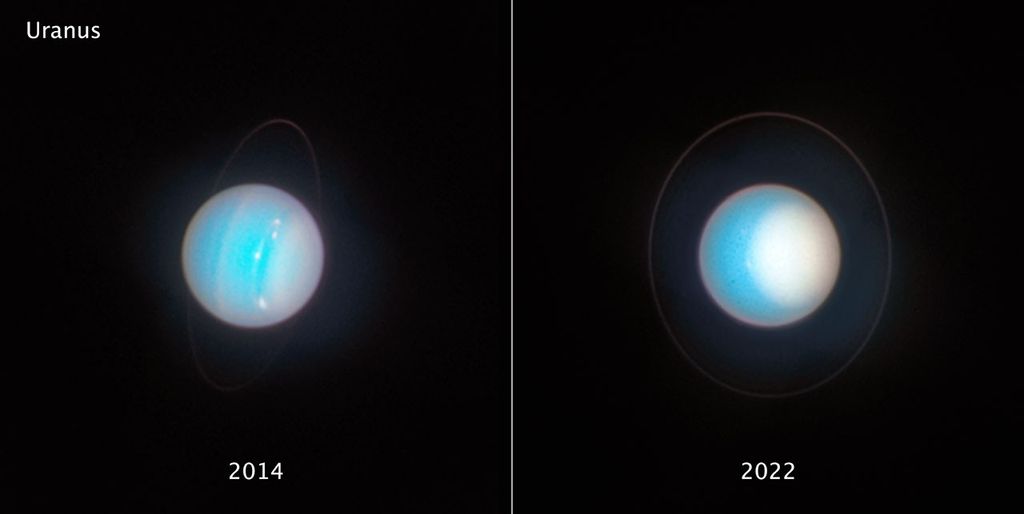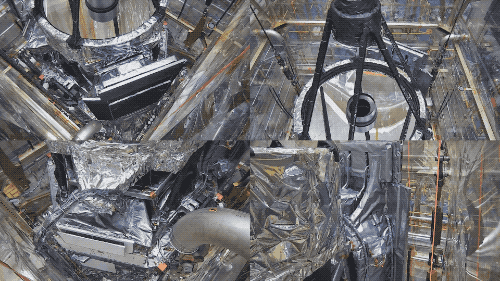A new NASA visualization shows the 2015 El Niño unfolding in the Pacific Ocean, as sea surface temperatures create different patterns than seen in the 1997-1998 El Niño. Computer models are just one tool that NASA scientists are using to study this large El Nino event, and compare it to other events in the past.
Download the high-resolution version from the Scientific Visualization Studio
“The start of an El Niño is important,” said Robin Kovach, a research scientist with the Global Modeling and Assimilation Office (GMAO) at NASA’s Goddard Space Flight Center in Greenbelt, Maryland. The visualization shows how the 1997 event started from colder-than-average sea surface temperatures – but the 2015 event started with warmer-than-average temperatures not only in the Pacific but also in in the Atlantic and Indian Oceans.
Download the high-resolution version from the Scientific Visualization Studio
“The ’97 El Niño was much stronger in the Eastern Pacific, with much warmer water up to the coast of South America,” Kovach said. In 2015, the warmest waters are instead in the Central Pacific and extend west of the International Date Line.
The water temperature variations typical of El Niño are not only at the surface of the equatorial Pacific, but below the surface as well. And these variations were also different in 2015, compared to 1997. At the height of the El Niño in November, colder-than-average temperatures in the Western Pacific and warmer-than-average temperatures in the Eastern Pacific were stronger and extended deeper in 1997 than in 2015.
Download the high-resolution version from the Scientific Visualization Studio
Goddard’s computer models, with input from ocean buoys, atmospheric models, satellite data and other sources, can also simulate what ocean water temperatures could do in the coming months. The GMAO seasonal forecast, which takes 18 hours to complete, and creates more than 9 Terabytes of data, shows that this 2015 El Niño could be different until the end.
Download the high-resolution version from the Scientific Visualization Studio
“In the past, very strong El Niño events typically transition to neutral conditions and then a La Niña event,” said Kovach. February computer model runs forecast a return to normal sea surface temperatures by June. The latest Feb 5, 2016 forecast does not yet predict below normal sea surface temperatures that would result in a large La Niña. As of Feb. 14, 2016, the latest ocean computer model shows colder-than-average water temperatures off the South American coast from Ecuador to Panama. “This current El Niño has been different so it will be interesting to see what happens in the next forecast and the coming months.”
For previous features on NASA studying the 2015 El Niño:
NASA Studying 2015 El Nino Event As Never Before
NASA Examines Global Impacts of the 2015 El Nino
How NASA Sees El Nino Effects from Space
For NASA’s El Nino/La Nina Watch page, visit:

